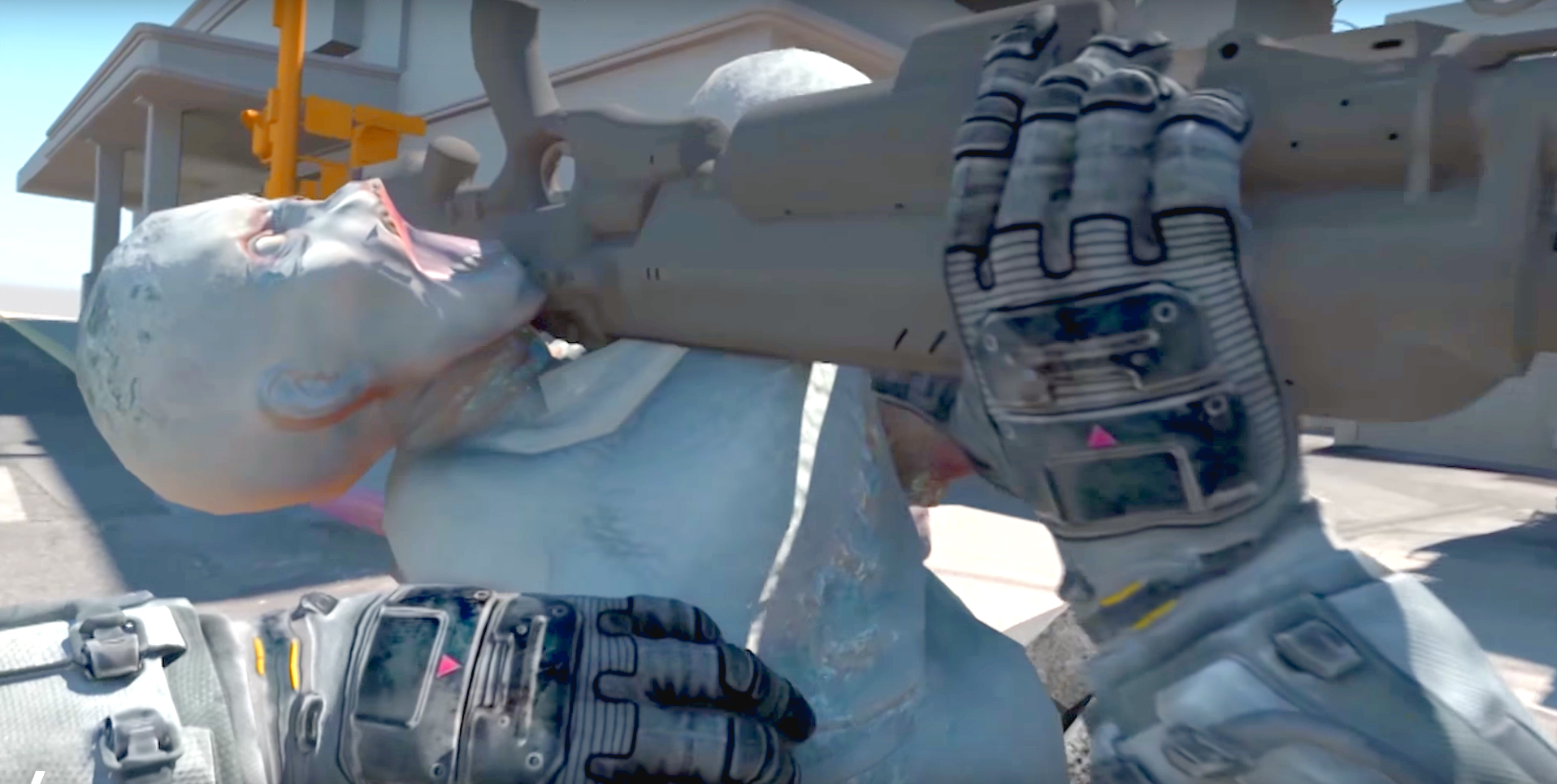See the canned Call of Doom in action and find out how it ultimately created the series' Glory Kills

We've already had a few glimpses of the cancelled Doom 4, nicknamed Call of Doom thanks to some leaks in the past, but now we have a new documentary on the series that explains more about the development of the game that never was. It also shows how it inspired the skull-spitting Glory Kills that that made the final Doom reboot so memorable.
In the documentary, Doom Resurrected - To Hell and Back, various members of the team discuss the failed project. Executive producer Marty Stratton described it as "a twist on Doom that took it into a much more cinematic, much more scripted type of experience."
The game dealt with aftermath of hell invading Earth, creating a much more familiar story campaign full of characters, soldiers and set pieces. Something id's Kevin Cloud says "wasn’t really capturing what we felt was going to be a strong Doom, and what the fans would want." As a result, the project was part scrapped, part reiterated and pulled apart as the team tried to find the Doom inside.
One thing that stood out was a 'Synced Melee System', where the animation of the player and enemy would be linked up for a cinematic final kill:
This didn't immediately give birth to Glory Kills though, as this system was slower and far more cinematic. Stratton says they wanted something faster, or as he describes it "Fruit Ninja with demons."
Which is where the GIFs you can see below come in. Animators were tasked with the idea of 'push forward combat' and started to craft faster, linked kills that moved the player ahead each time.
It was these ideas and prototypes that ultimately lead to the Glory Kills that defined Doom so completely and, in part, realigned the project back to its core values (hurting lots of things, really quickly).
Sign up to the GamesRadar+ Newsletter
Weekly digests, tales from the communities you love, and more
If you want to know more then here's the full documentary.
Seen something newsworthy? Tell us!

I'm GamesRadar's Managing Editor for guides, which means I run GamesRadar's guides and tips content. I also write reviews, previews and features, largely about horror, action adventure, FPS and open world games. I previously worked on Kotaku, and the Official PlayStation Magazine and website.


